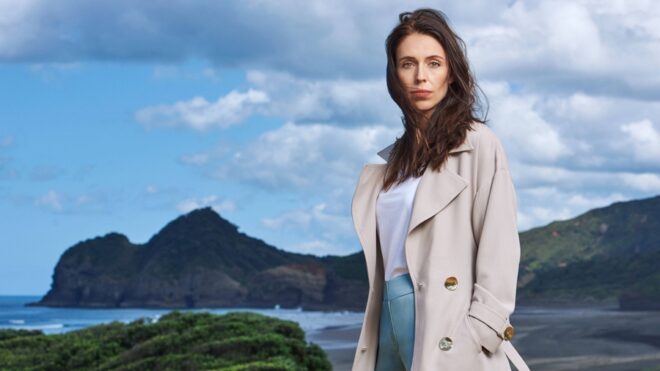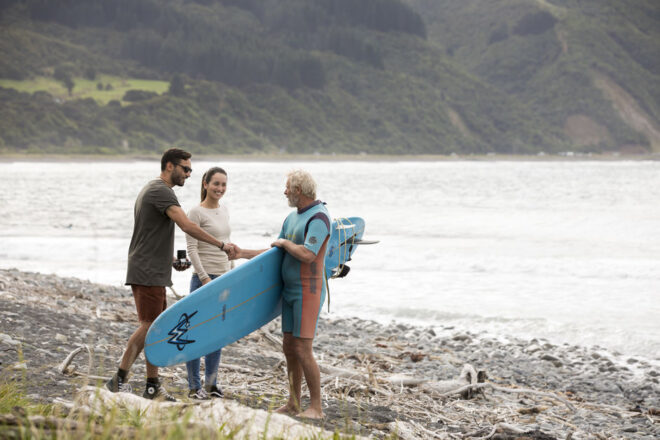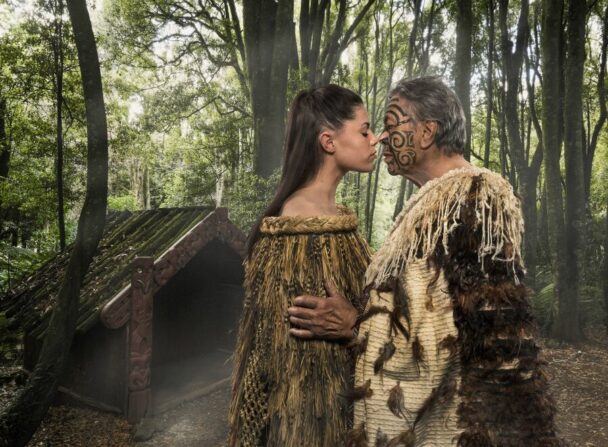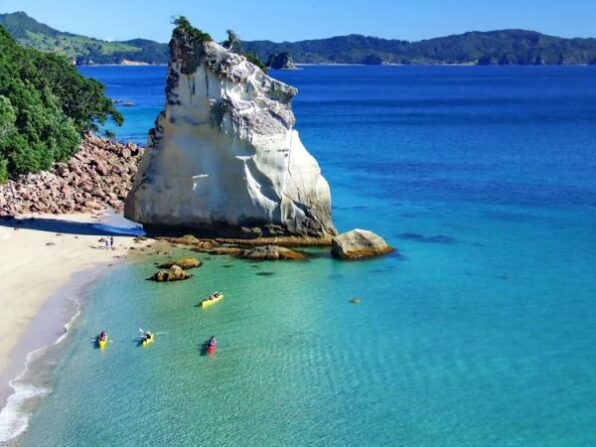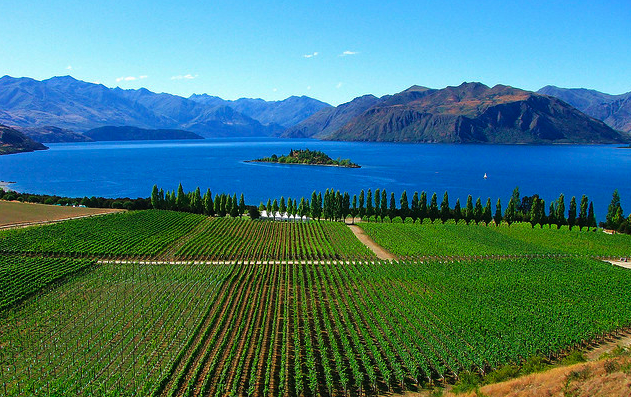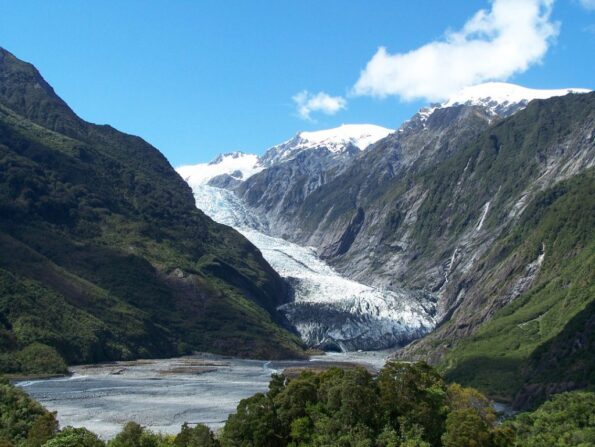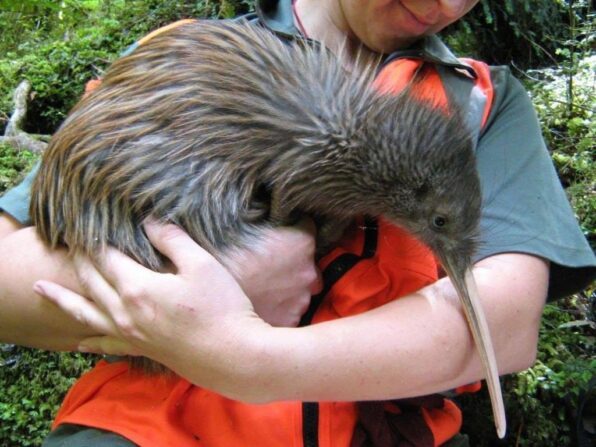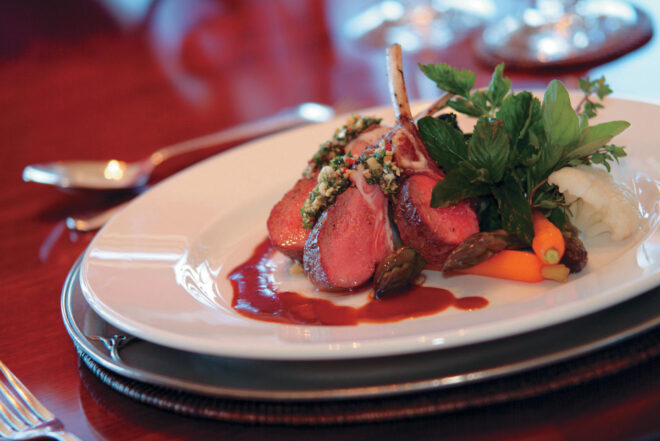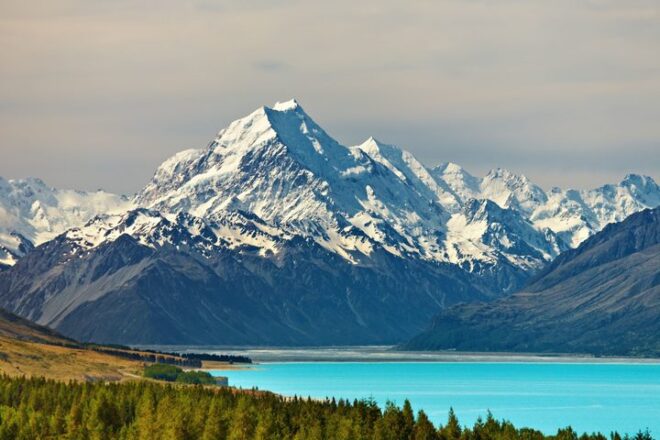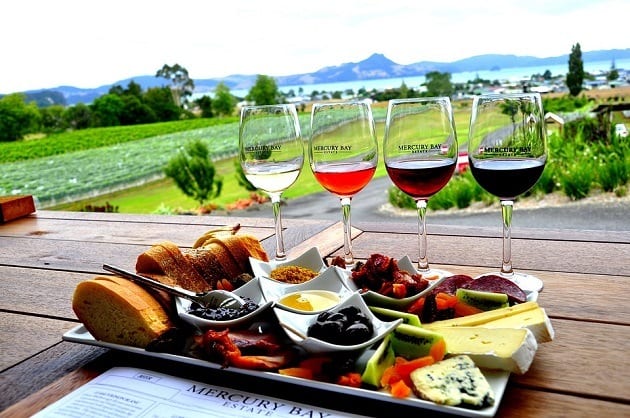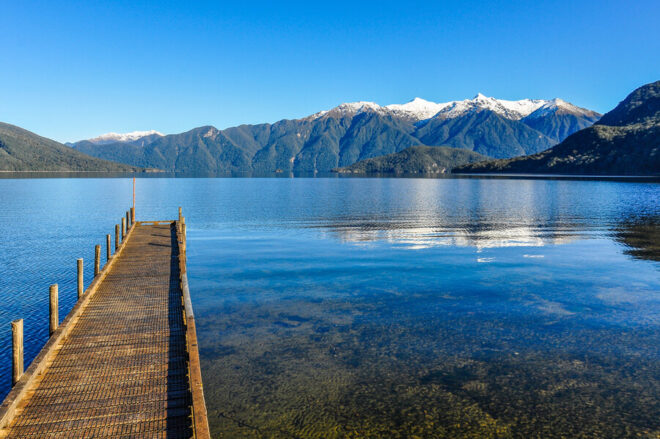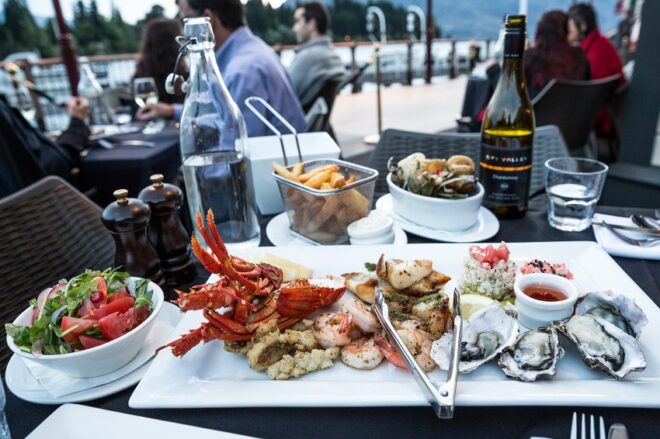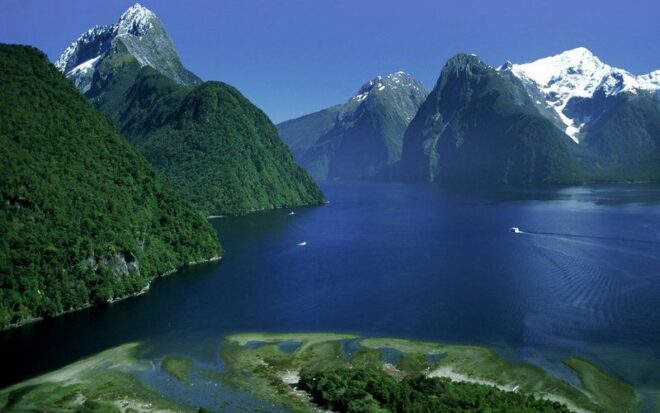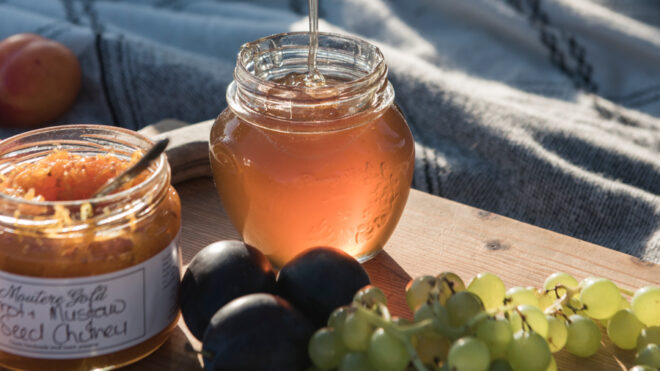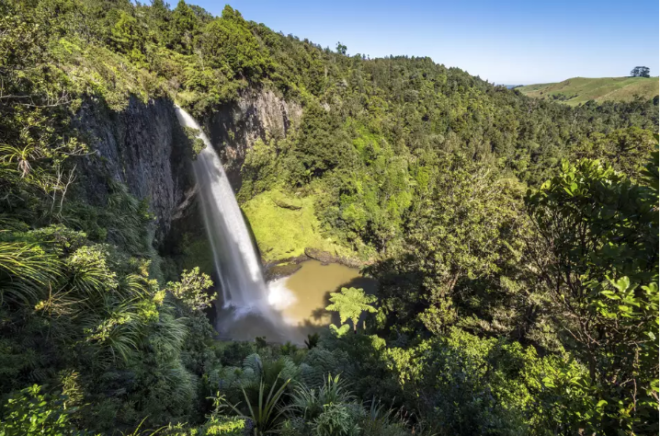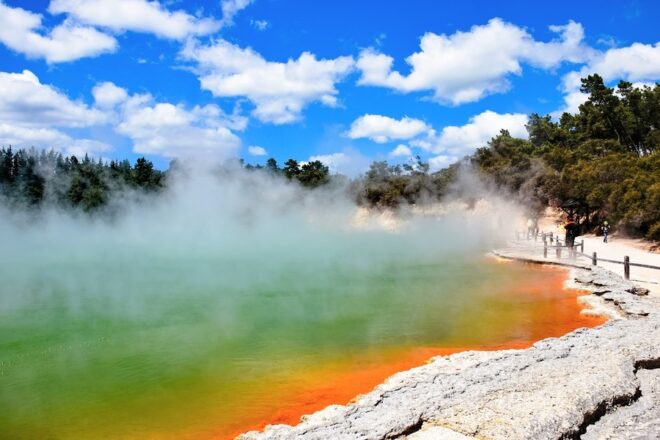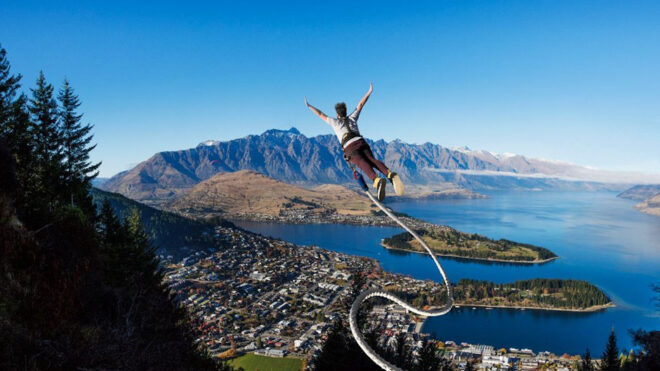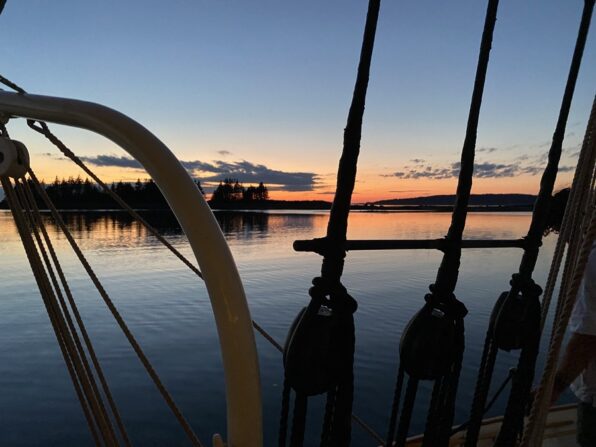
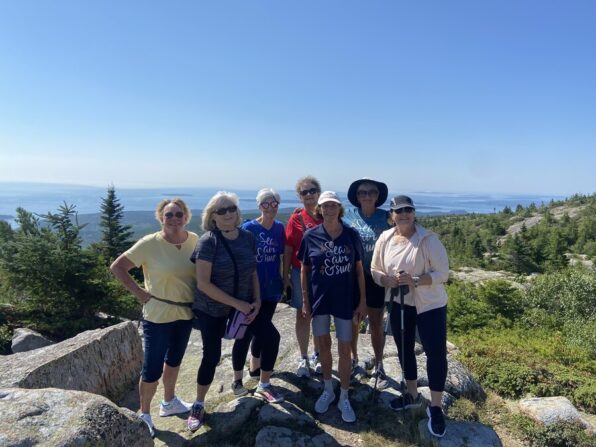 |
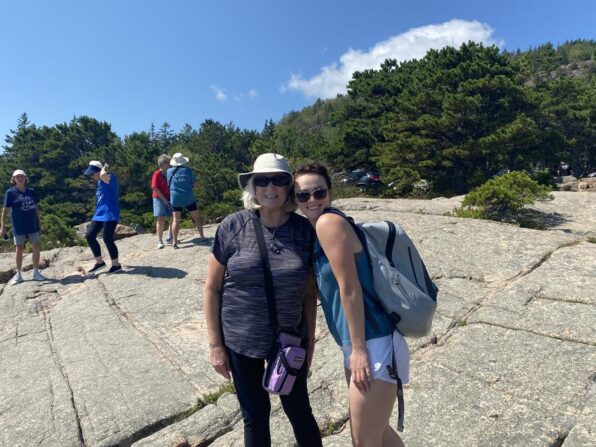 |
Maine – it’s a classic summer vacation but this one had some unique twists. Bar Harbor, Acadia trails, sailing on a 1922 vintage schooner. the Coastal Maine Botanical Gardens and a couple of busy days in Portland with history guides, lighthouses and culinary stops. All made for an enjoyable trip for guests, some of which had never sailed or been to Maine. With a group of four good friends and some new ones + a daughter, there were many memorable experiences we all hold. Who can beat the cool sea air, watching the sailing wizards at work, seeing the coastline breeze by and tasting Maine’s fresh farm-to-table cuisine?
Acadia National Park
A day in stunning Acadia with a walk on Ocean Path, Cadillac Mountain summit, stops in Northeast Harbor and Asticou Gardens. Lobster rolls and creative salads, too.
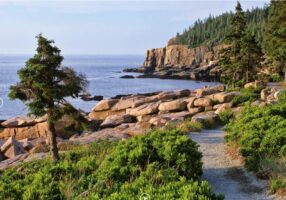 |
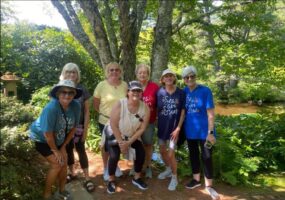 |
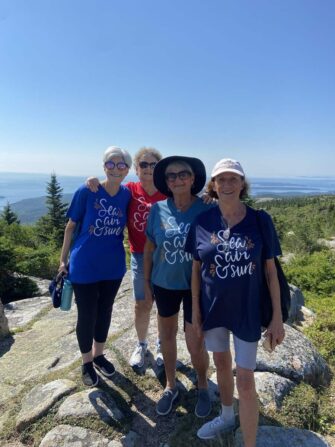 |
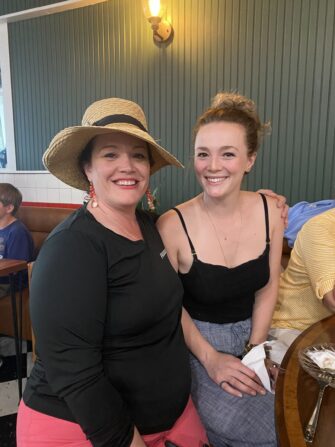 |
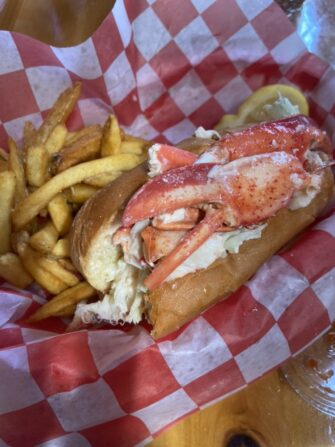 |
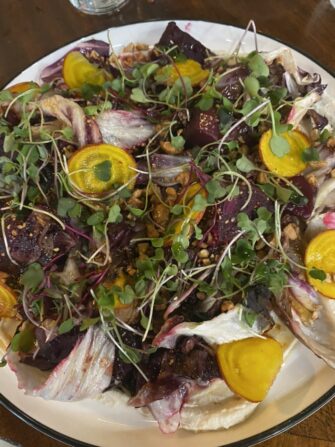 |
Schooner Ladona, Rockland
A 4-day sailing cruise, stunning Penobscot Bay scenery on a beautiful wooden sail boat/yacht. Anna, our chef, prepared 3 full meals/day complete with charcuterie trays and wine every evening. Captain JR Braugh and crew did an amazing job sailing the boat. (Almost) no rain – what a gift! Everyone loved the ‘gathering spot’ over good food complete with party lights – so much silliness and many good belly laughs!
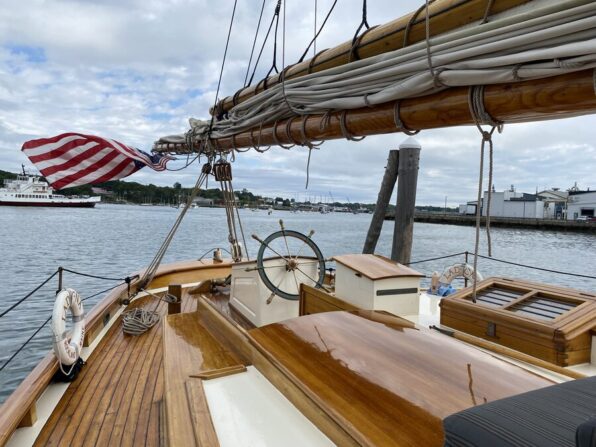
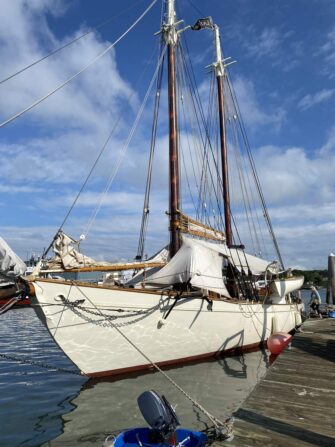 |
 |
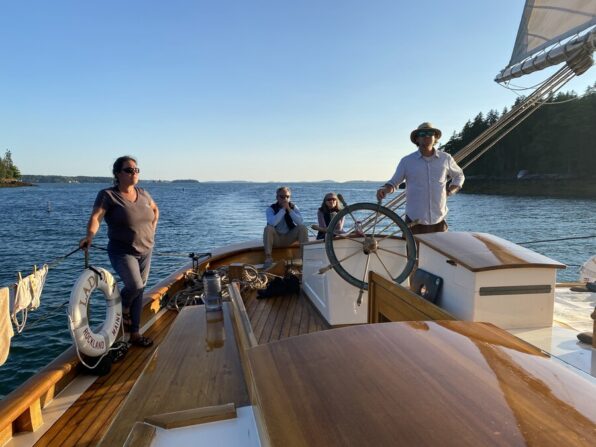 |
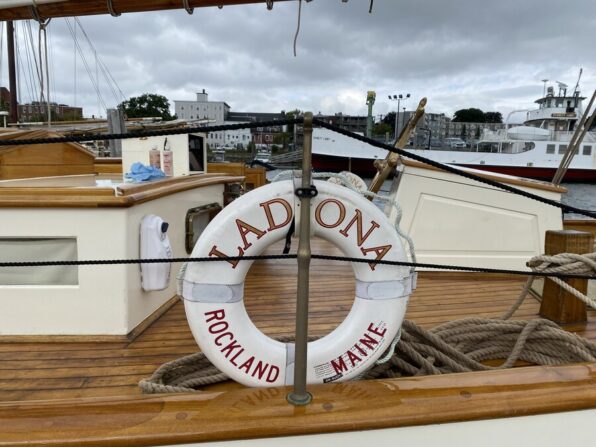 |
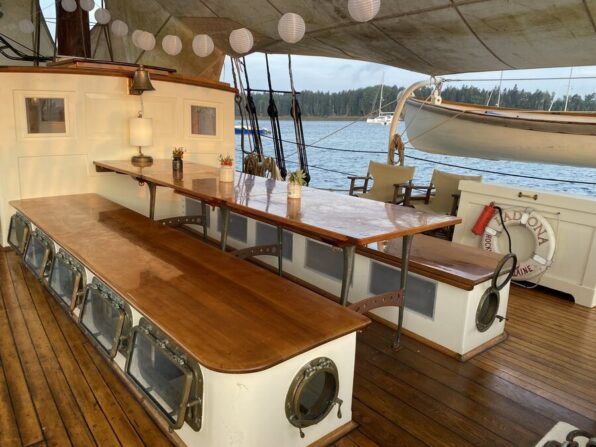
Evenings on the Schooner
Always good conversation, new friends and wine! A great time to throw all our cares away.
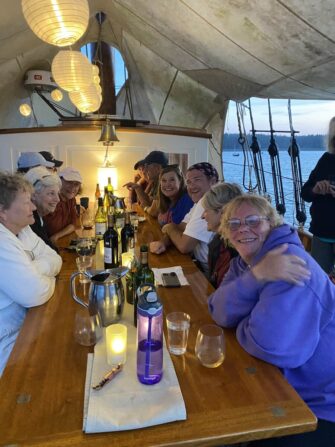 |
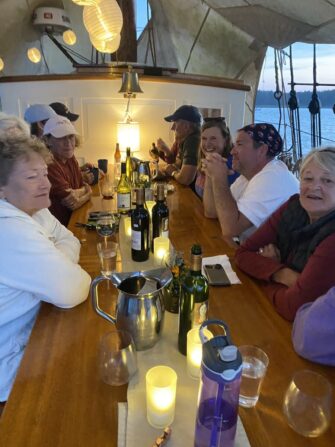 |

The Captain & Crew’s Onshore Lobster Bake
The best lobster anyone had ever eaten – freshly steamed in seaweed – eating lobster on the beach with your fingers, butter running down – I am convinced lobster will never be the same.
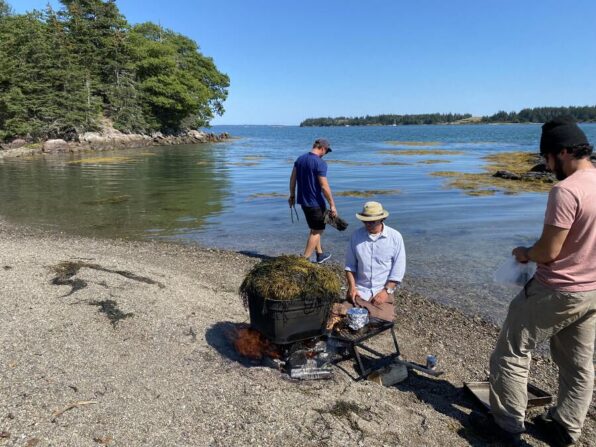 |
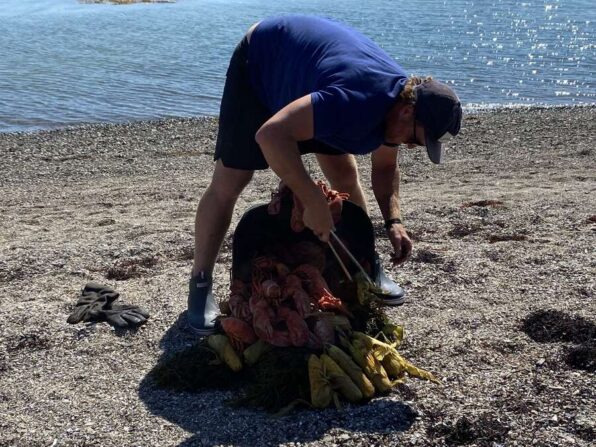 |
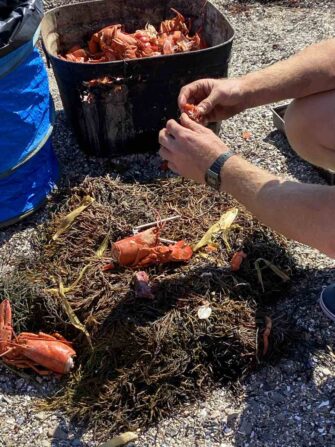 |
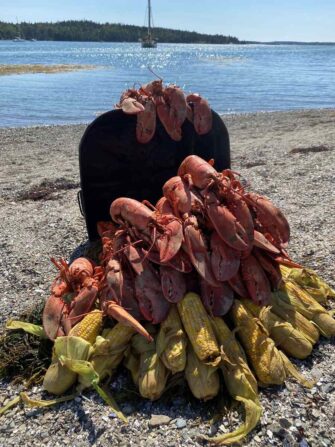 |
Simple Daily Activities
Onshore visits to fishing villages, paddleboarding and swimming. Very chilly water and very starry nights! Some thought ahead and brought their sleeping bags to sleep on deck. I love that no one took themselves too seriously, turned off their phones (most of the time) and got back to basics.
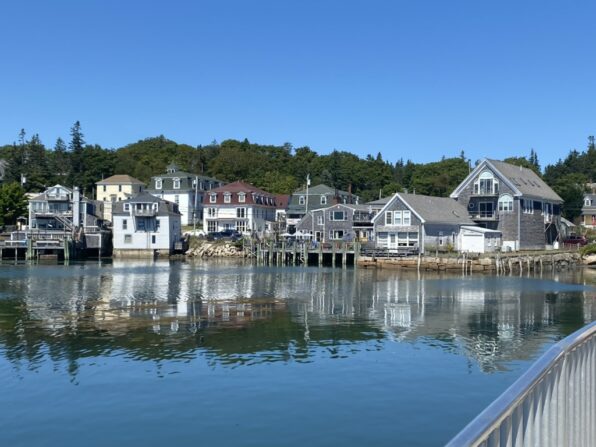 |
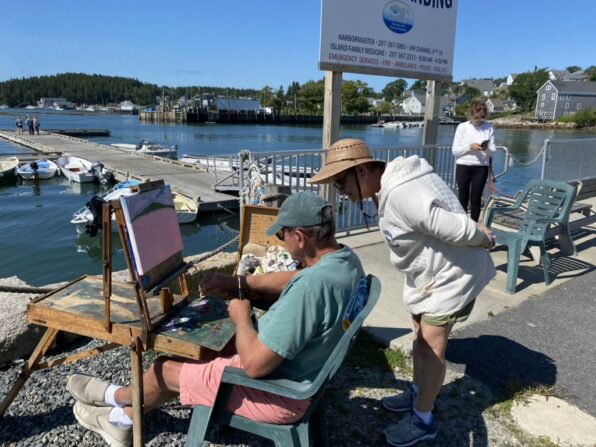 |
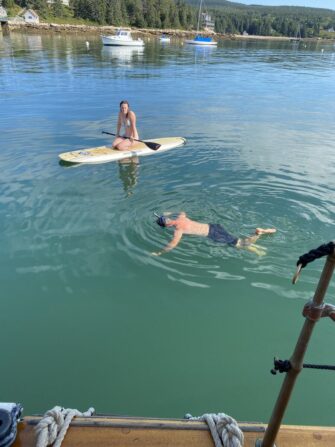 |
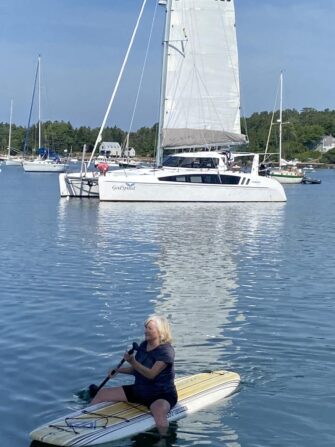 |
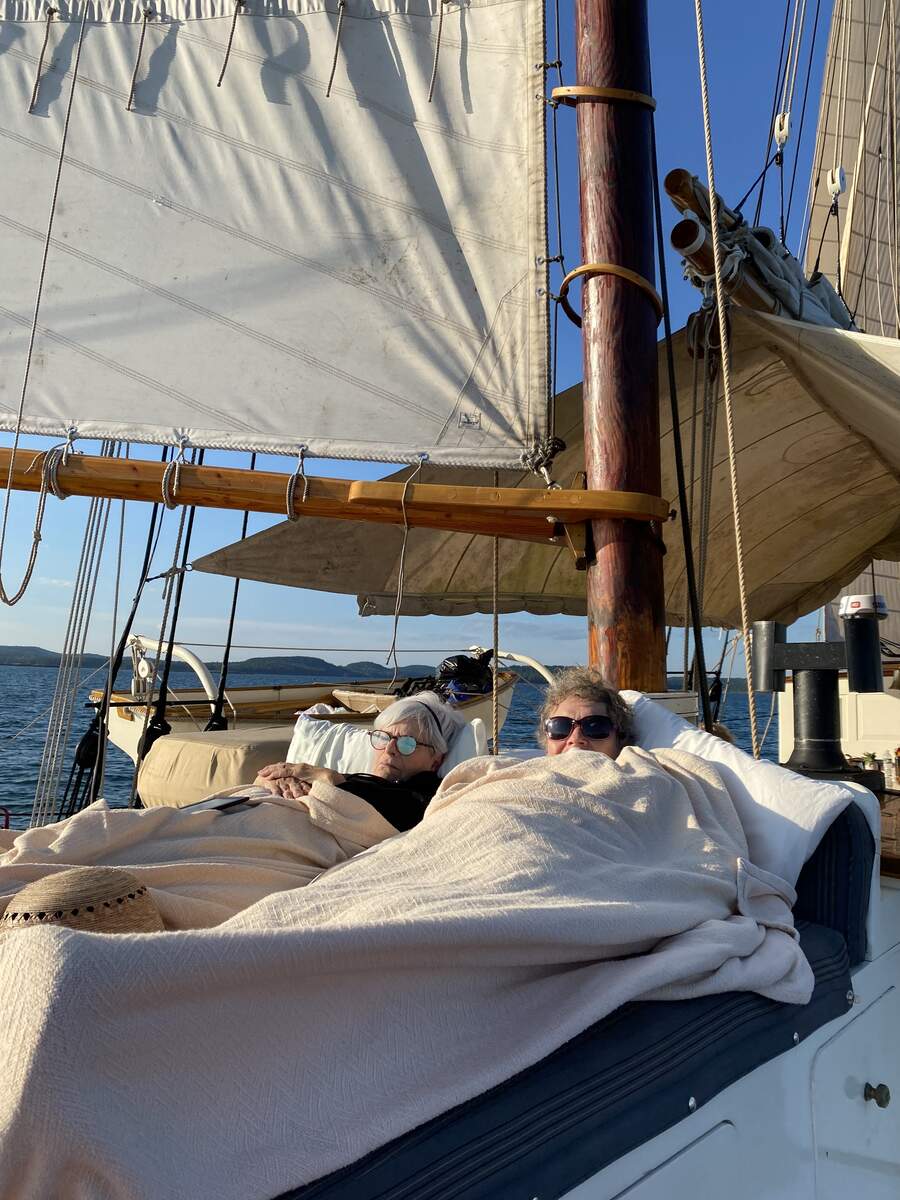
Coastal Maine Botanical Gardens
The beautiful botanical gardens in Boothbay Harbor. They were founded by locals who had a great idea and made it happen. It is still run by local volunteers. Some of it is on the coast. Do not miss this if ever in the area!
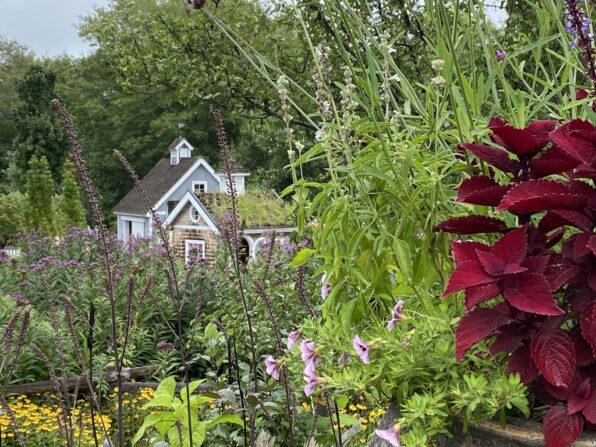
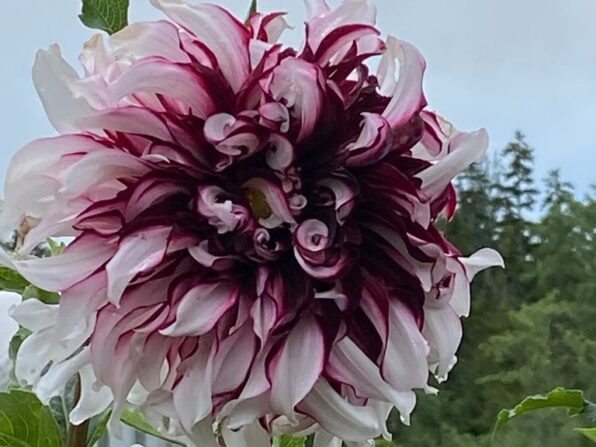 |
 |
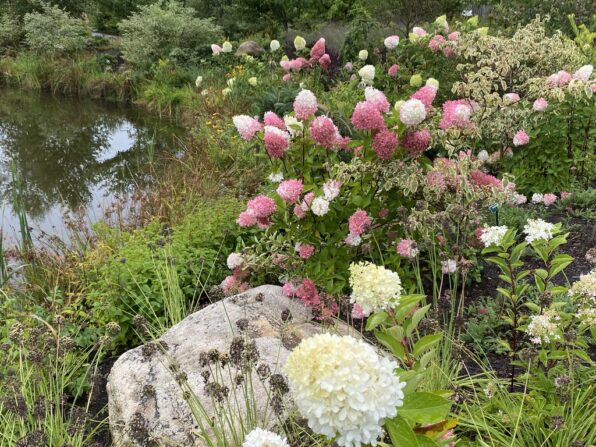 |
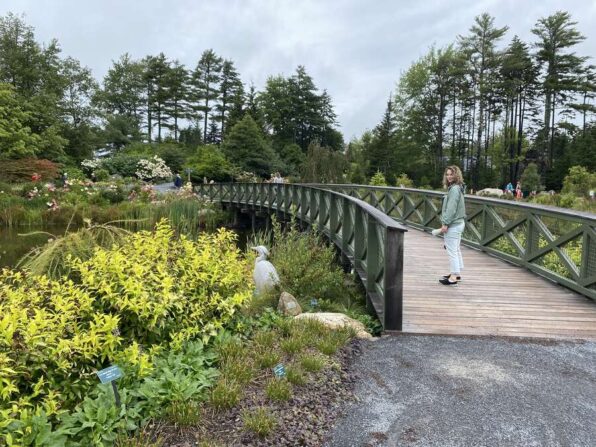 |
Portland
Lighthouses, historic sites, the working harbor and glorious food. Hand-cut Belgian duckfat fries, craft beer, Standard Baking Company treats and the BEST closing dinner at Scales Restaurant!
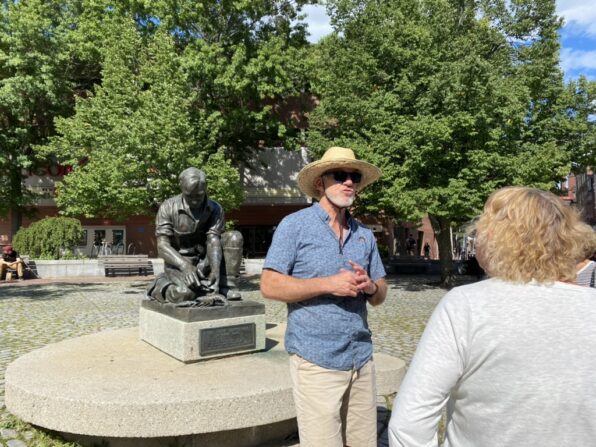 |
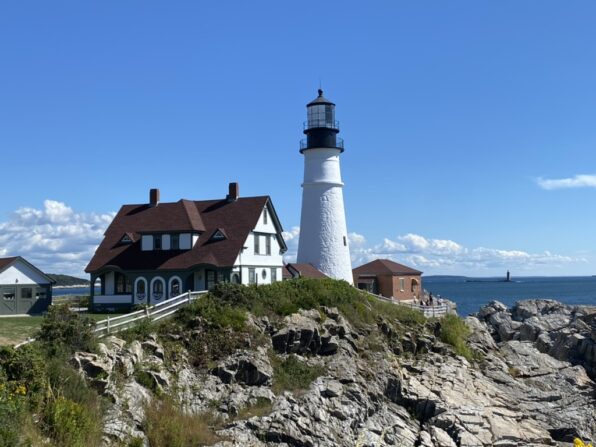 |
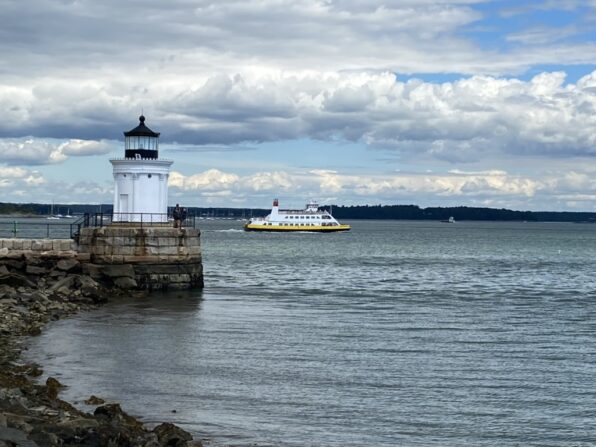 |
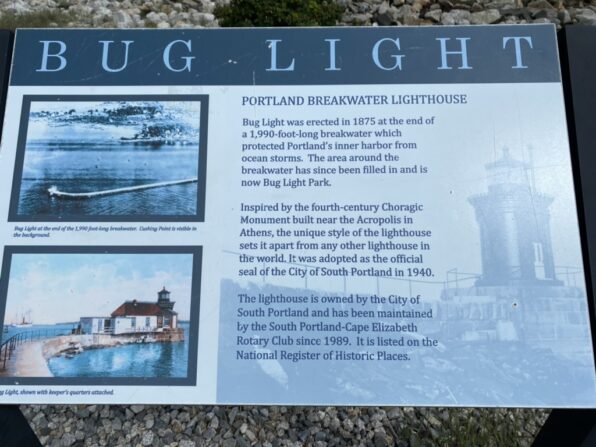 |
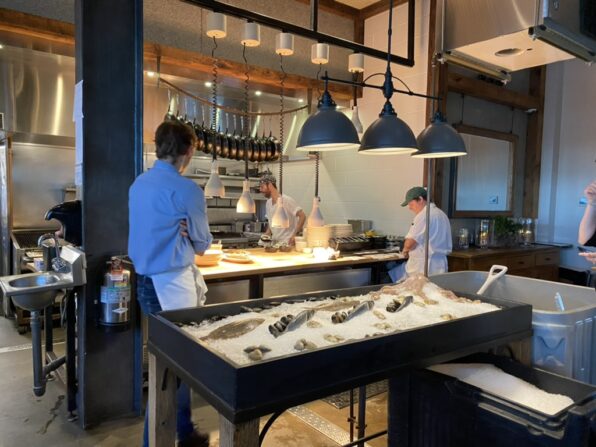 |
 |
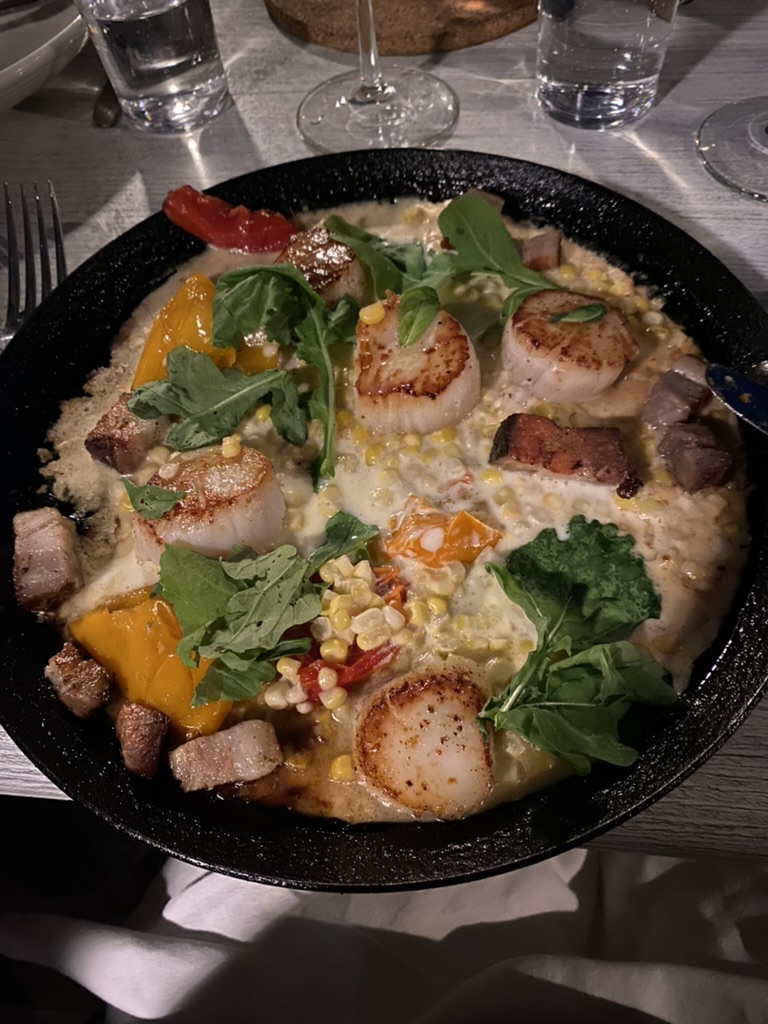
“There is nothing that brings me more joy than to see a group of people make new friends through shared travel experiences! My job is complete.” ~ Patty
